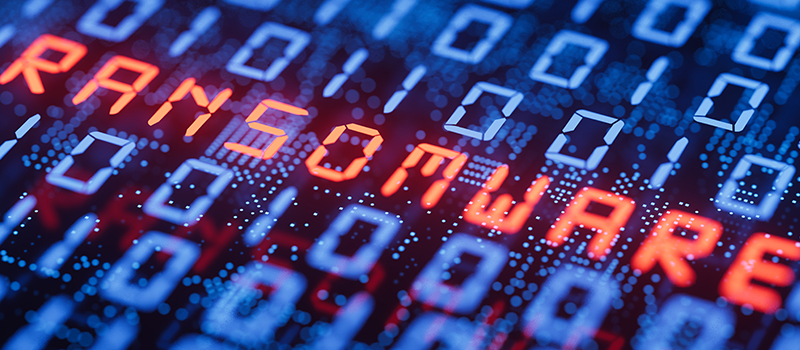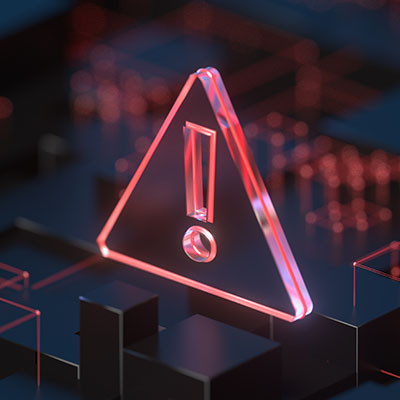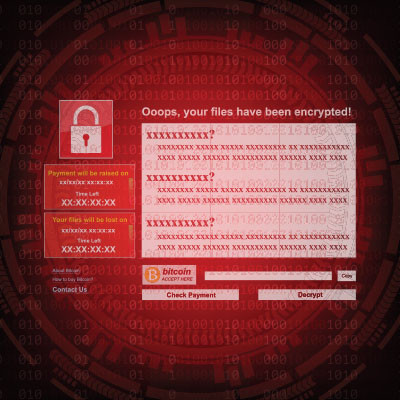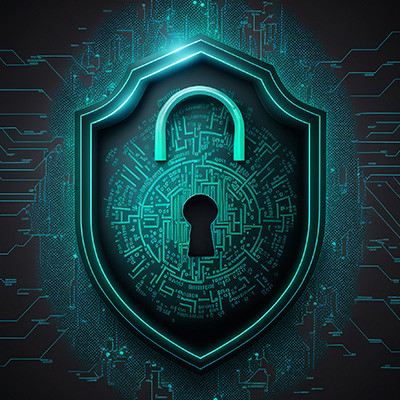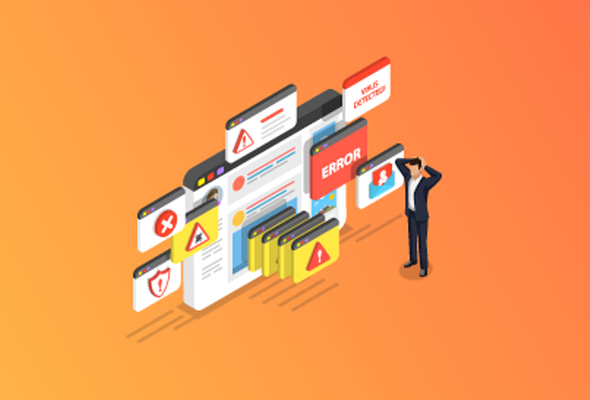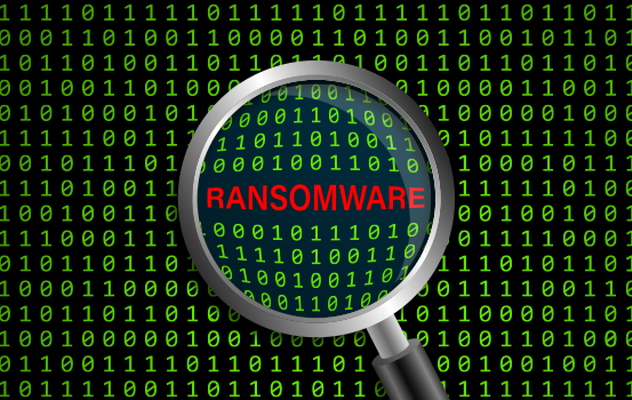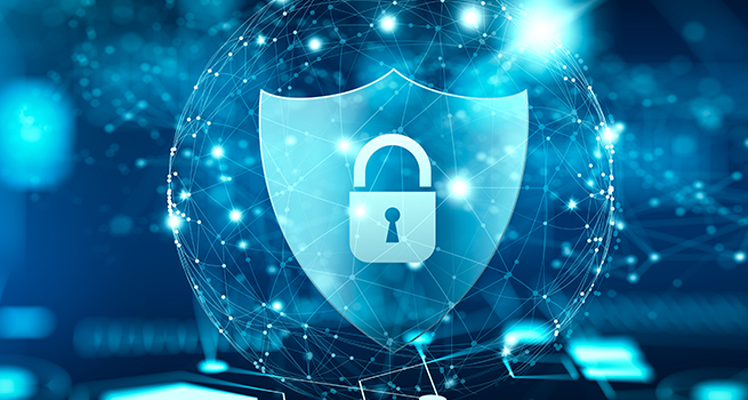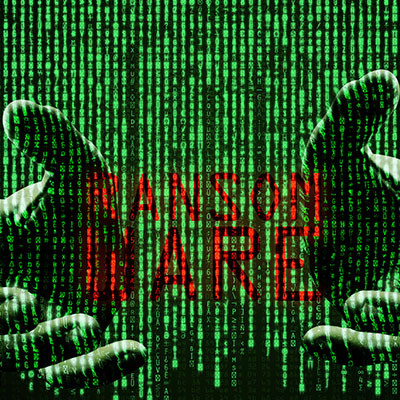Following the heinous attacks that caused the Twin Towers to fall in New York on September 11, 2001, you heard about terrorism every single day for years. The “War on Terror” waged for over a decade toppled multiple governments and set a precedent that terrorists will be relentlessly pursued. While there have been a few massive terrorist events that have shocked the world in the subsequent years after 9/11, cyberspace has become one of the biggest battlegrounds. Today, we’ll briefly discuss the rise of cyberterrorism.
Network Audit
Our network audit will reveal hidden problems, security vulnerabilities, and other issues lurking on your network.
News & Updates
Contact Us

Learn more about what Data Net can do for your business.
Data Net
2445 5th Avenue Suite 200
San Diego, California 92101




